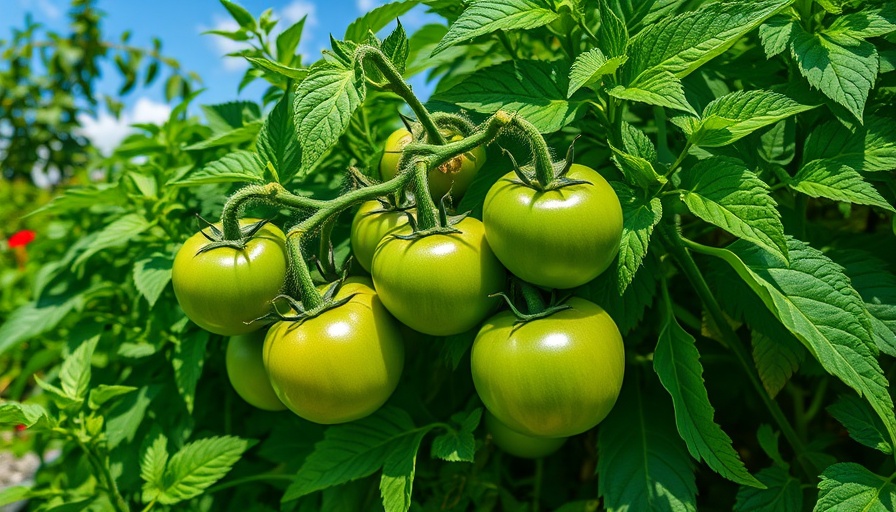
The Best Methods to Keep Your Garden Pest-Free
Are you tired of dealing with persistent garden pests? Whether it's slugs, snails, or flea beetles, it seems like you’ve tried every organic method under the sun to keep them at bay. What if I told you there are effective, chemical-free ways to eliminate pests based on the manipulation of your garden’s ecosystem? In this article, we’ll explore five practical methods that will help Okanagan gardeners enjoy a thriving, pest-free garden.
In 'The #1 Way to Keep Garden Pests From Coming Back—Forever,' the discussion dives into clever gardening techniques for pest management, inspiring us to explore even more methods in this article.
Method 1: Embrace Raised Beds for Better Pest Control
One of the simplest yet most effective ways to prevent pests is by utilizing raised garden beds. A favorite option among gardeners is the VGO raised bed, which is completely elevated and detached from the ground. This structural design not only keeps slugs and snails from crawling in but also deters other critters such as voles. Even a 12-inch elevation can work wonders!
For those who prefer in-ground beds, consider placing quarter-inch chicken mesh underneath to block pests while allowing soil to interact naturally with the ecosystem. Keeping beds mulched and alive with plant debris will counteract the bare environment that allows flea beetles and other pests to thrive.
Method 2: The Role of Tillage in Pest Management
While many people view tillage as an essential part of gardening, it can actually work against you if you have pest issues. Tilling disturbs the soil, disrupting populations of beneficial predatory beetles, spiders, and nematodes that keep harmful pests in check. Studies from 2000 identified a direct correlation between intense tillage and the destruction of these insect populations. Instead of regular tilling, consider light soil disturbance to promote seed-to-soil contact.
Method 3: Managing Host Plants to Confuse Pest Populations
Every garden pest has a preferred host plant, and you can use this information to your advantage. One effective strategy is planting a 'trap crop'—for instance, radishes in dense clusters—to attract pests away from your main crops. Once the pests have congregated, destroy the trap crop to significantly reduce the pest population.
Another tactic is to plant 'disguise' plants that pests dislike around your prized species. Lily beetles, for example, can be deterred by planting hostas or peonies nearby. The variety of foliage and scents can mislead pests and keep them at bay.
Method 4: The Efficacy of Crop Rotation
Crop rotation has proven to effectively reduce pest pressure—data shows it can decrease infestation rates by up to 70%. However, this method may be challenging for gardeners with limited space. If space is tight, it might be beneficial to remove susceptible host plants for a couple of years to allow pest populations to die back before reintroducing them.
Method 5: Incorporating Beneficial Insects
Sometimes, a little extra help is needed to combat overwhelming pest populations. Introducing predatory insects, such as ladybugs or nematodes, can provide a natural solution to excessive pests. Remember, beneficial insects establish a balance in your garden and will remain as long as there is a consistent food supply—namely the pests you're trying to manage.
Final Thoughts: Strategies to Nurture Your Okanagan Garden
Implementing these strategies tailored for Okanagan gardeners can pave the way for a more fruitful and enjoyable gardening experience. Whether you opt for raised beds, practice careful tilling, manage host plants, rotate crops, or invite beneficial bugs into your garden, remember that intelligent pest management eliminates the need for harmful chemicals.
Keep your garden an oasis of beautiful plants and healthy produce. We encourage you to comment below with your own pest control strategies, and together we can cultivate a thriving gardening community.
 Add Row
Add Row  Add
Add 




Write A Comment